International Heritage Centre blog
The Great British (Archival) Bake Off
The Great British (Archival) Bake Off
You may have been wondering what the archive team at The Salvation Army International Heritage Centre have been doing during lockdown. ‘Cataloguing? Conserving? Cleaning? Digitising?’ we hear you ask. Well, yes, we have been doing all of that, but we have also been keeping our spirits high with our very own archival bake off. Read on to discover some of the historic recipes from our archive and how we fared at baking them…
Archivists are famously fond of cake and, each year as autumn approaches, our thoughts turn towards Britain’s annual celebration of baked goods – The Great British Bake Off. As tradition, we typically take it in turns to conjure up a sweet treat to share with the team over a pot of tea whilst discussing the highlights, and culinary delights, of the currant, sorry current, week’s episode.
Sadly, with the social restrictions of COVID-19, this year we are unable to come together and break bread (or cake) so we decided to do something a little different. Instead of retreating to our own cookery books, we went in search of archival recipes. For some years The Salvation Army’s newspaper, The War Cry, has offered up seasonal recipes and baking tips under its ‘Kitchen Corner’, ‘Betty Briggs’ recipes’ and ‘Aunt Dora’s Kitchen’; and these offerings, along with several manuscript sources that we have happened across over the years, have provided a store cupboard of historic recipes to whet our appetite.
Thus, for this year’s #GBBOTwitterBakeAlong, each week we have been taking it in turns to select an historic recipe and try our hand at reproducing it; and, after rooting through our archival larder, I kicked things off in the kitchen with a humble classic – rock cakes.
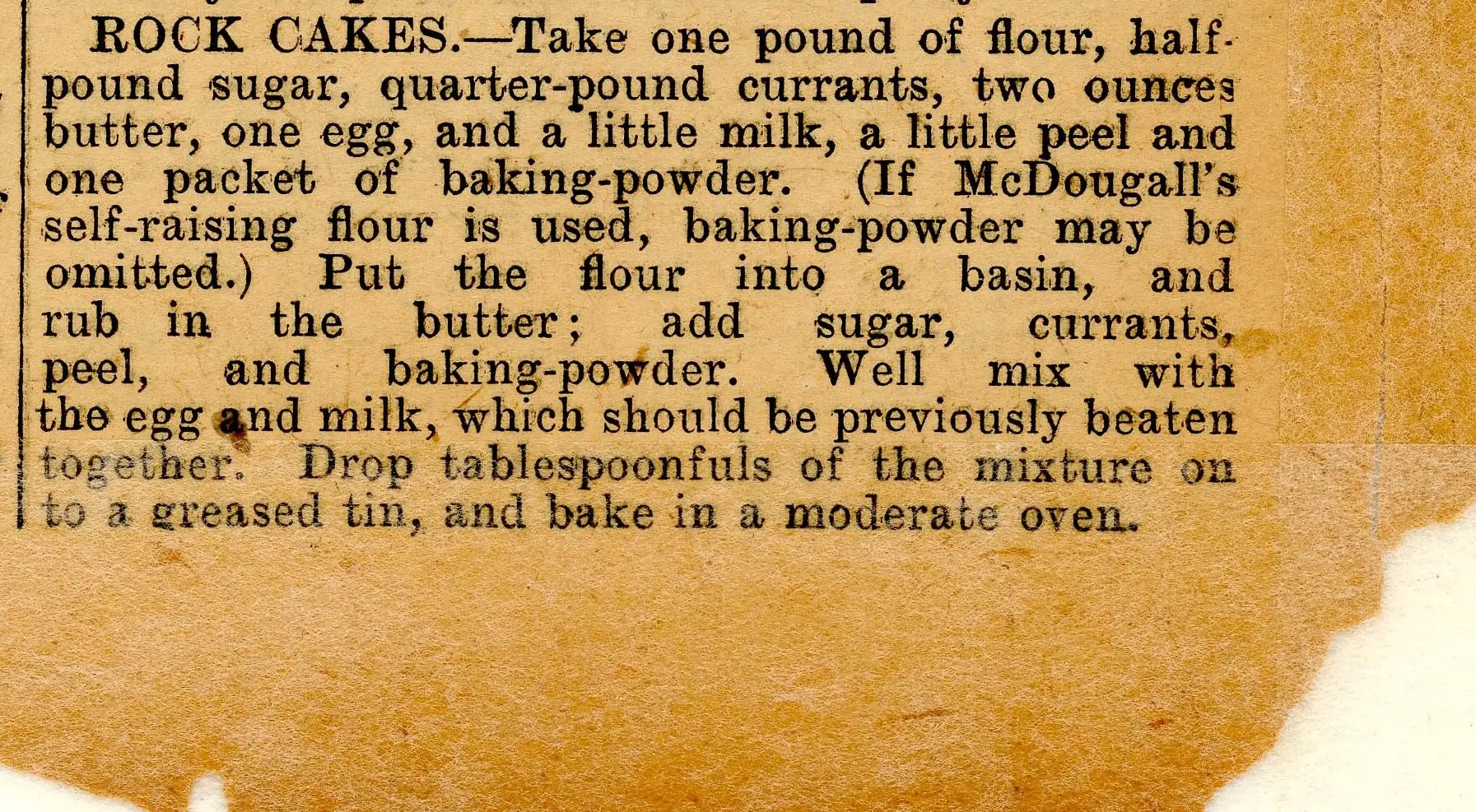
This recipe featured as one of four recommended ‘seasonable and inexpensive’ bakes in The War Cry’s 12 January 1901 edition. I have done quite a bit of baking in my time but as a rock cake novice I was not entirely sure how these would turn out. The ingredients list and mixing method was happily straightforward, however the vague ‘bake in a moderate oven’ instruction did feel reminiscent of a Paul Hollywood technical challenge. After ‘dropping’ tablespoonfuls of my mixture onto a greased and lined tray, I slid them into the oven with an estimated temperature of 180 degrees and a 20-30 minute bake. After 30 minutes I retrieved a batch of sixteen enormous, golden-topped, and steaming rock cakes from the oven.
Serving suggestion – serve warm with a smattering of butter or clotted cream
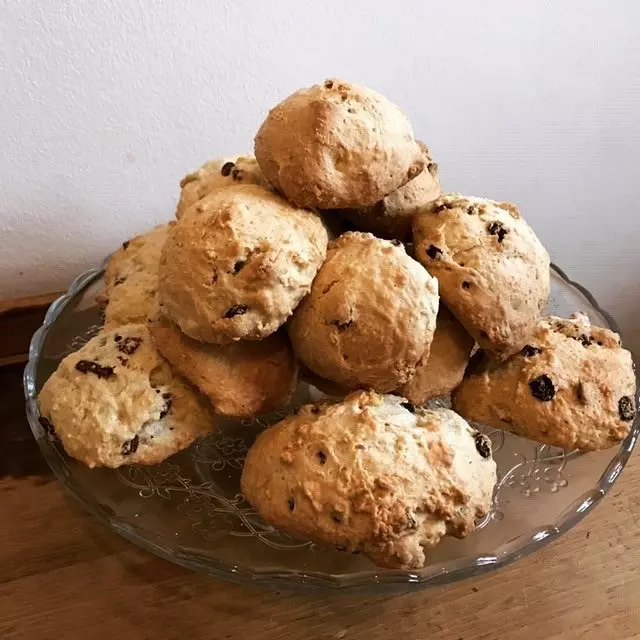
Our next baker was Records Manager, Maddie, who found a recipe for gingerbread in the 1934 Cadets’ Cookery Notes, foraged from our William Booth College collection.
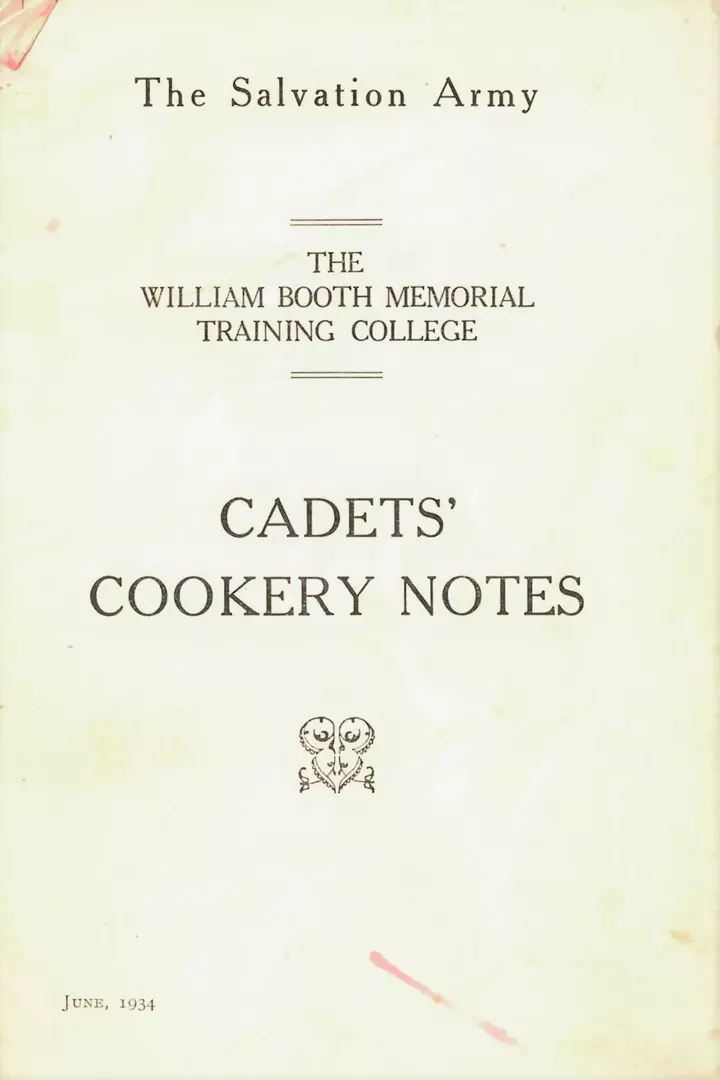
In a fitting testament to bread week, this recipe called for a ginger loaf rather than the biscuity treat we often associate with gingerbread today. With the traditional measurements of pounds and ounces this recipe also benefitted from a straightforward and recognisable mixing method, but with another vague reference to a ‘moderate oven’ there was more estimation to be done!

Maddie opted for a 25-minute bake at 180 degrees; the result… a not-too-sweet, dark loaf with ‘a good kick’!
Serving suggestion - very nice with a cup of tea, and if you fancy it a little sweeter, some warmed homemade caramel sauce

In a break from baking, Social Historian, Kevin, took over the next week with a rather special handwritten recipe - ‘Nellie Wilson’s Pud’. Scribbled in the back of the Cadets’ Cookery Notes, this recipe came from Lieutenant Nellie Wilson who worked in The Salvation Army’s Women’s Social Work department. We’re not sure how it found its way into the Cookery Notes, but we’re glad it did! This recipe called for a filling bread pudding flavoured with dates and ginger, with a simple method of ‘mix together and steam’, but a very lengthy 4-5 hours cooking time!
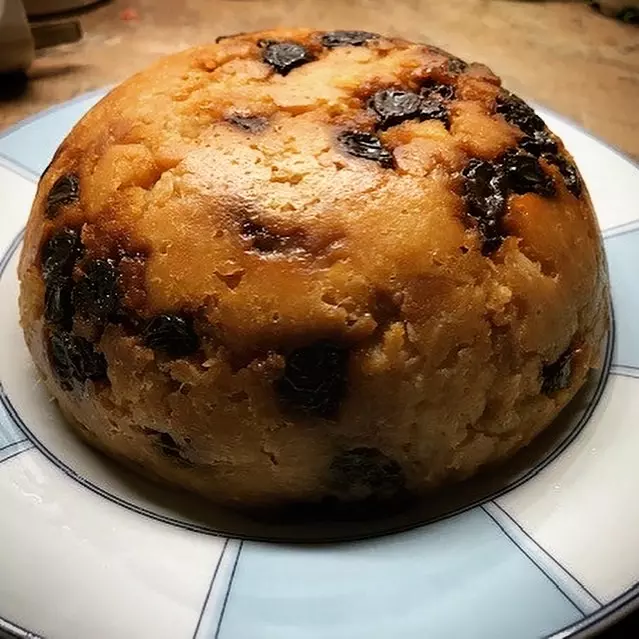
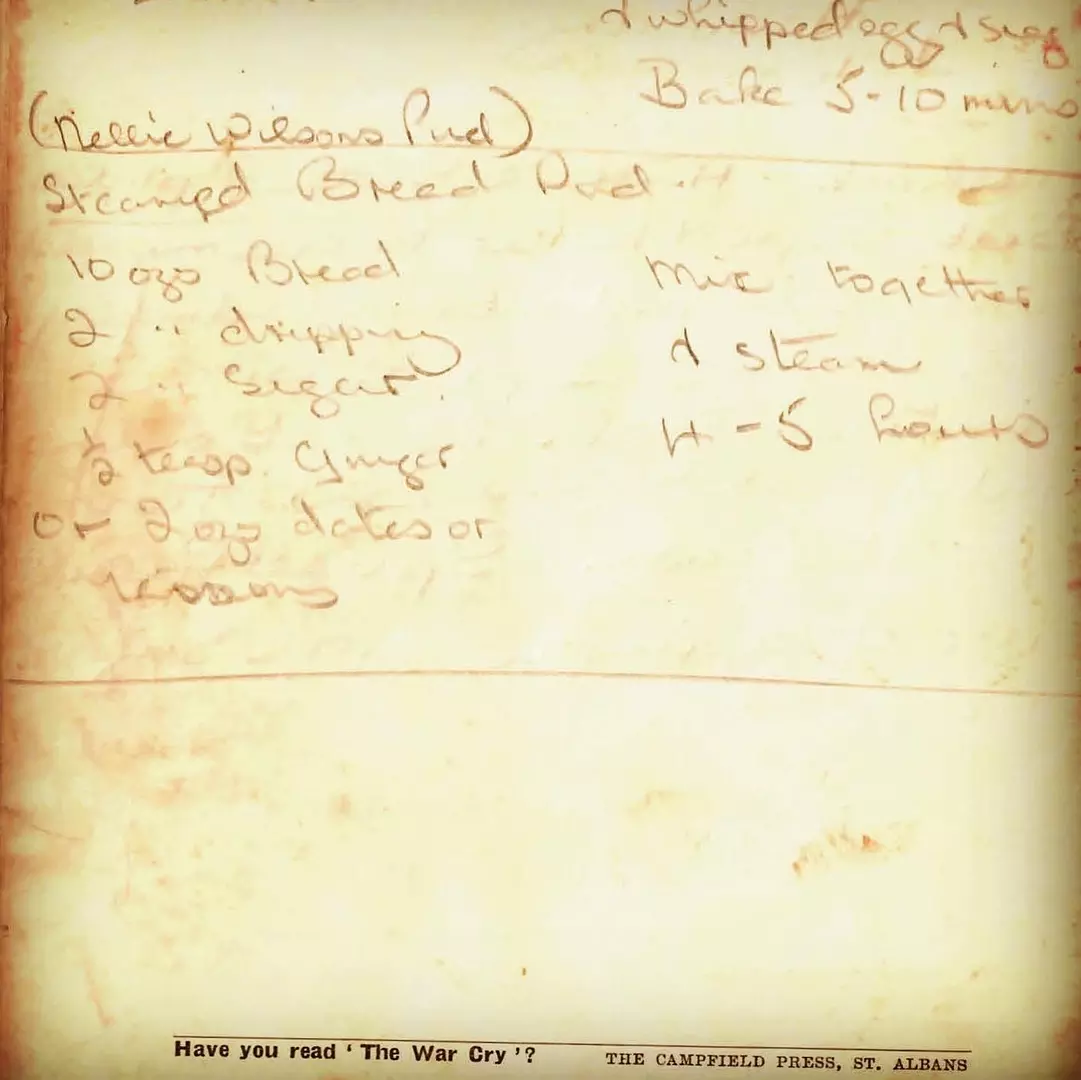
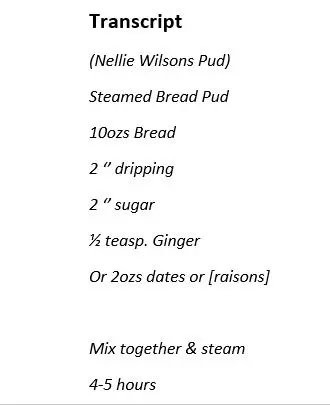
The following week we travelled back to 1940s wartime Britain when our Archivist, Ruth, selected a recipe from Aunt Dora’s Rationed Kitchen. This recipe sees margarine and lard swapped in for butter along with flour, baking powder, one egg and castor sugar.
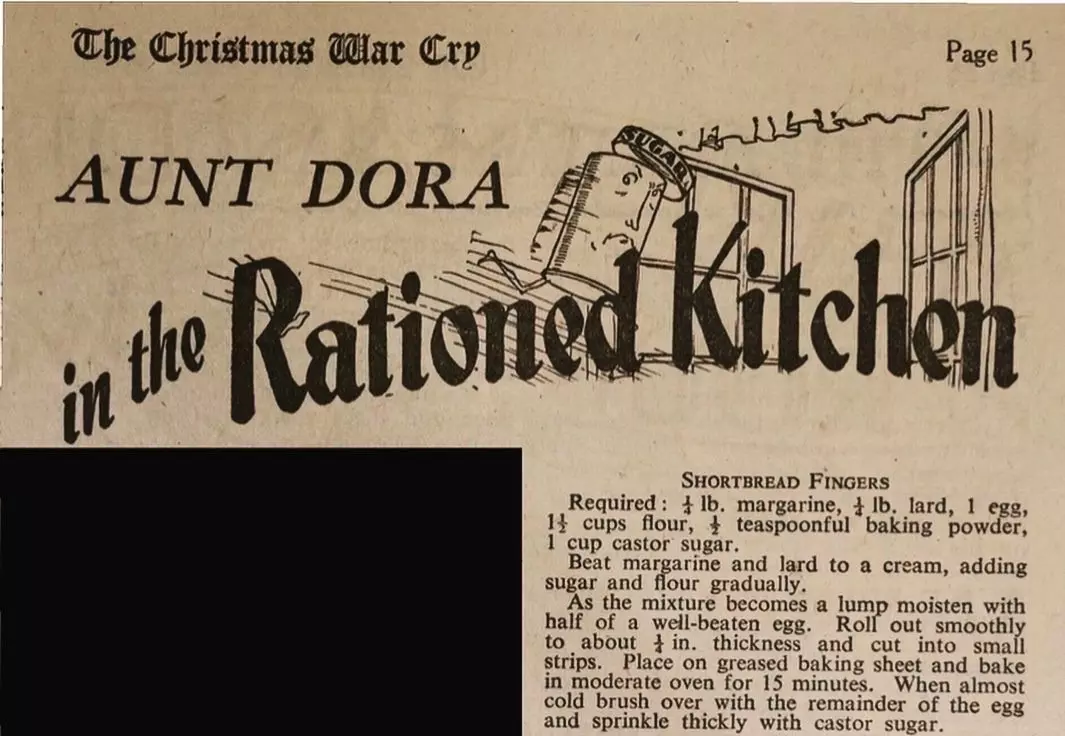
Once again this recipe sees a return to the nodescript ‘moderate oven’ but does provide a baking time of 15 minutes. Ruth plumped for a steady 185 degrees; the result…. a rather crispy shortbread with a good snap.
Serving suggestion - Perfect for dunking in your afternoon cup of tea!
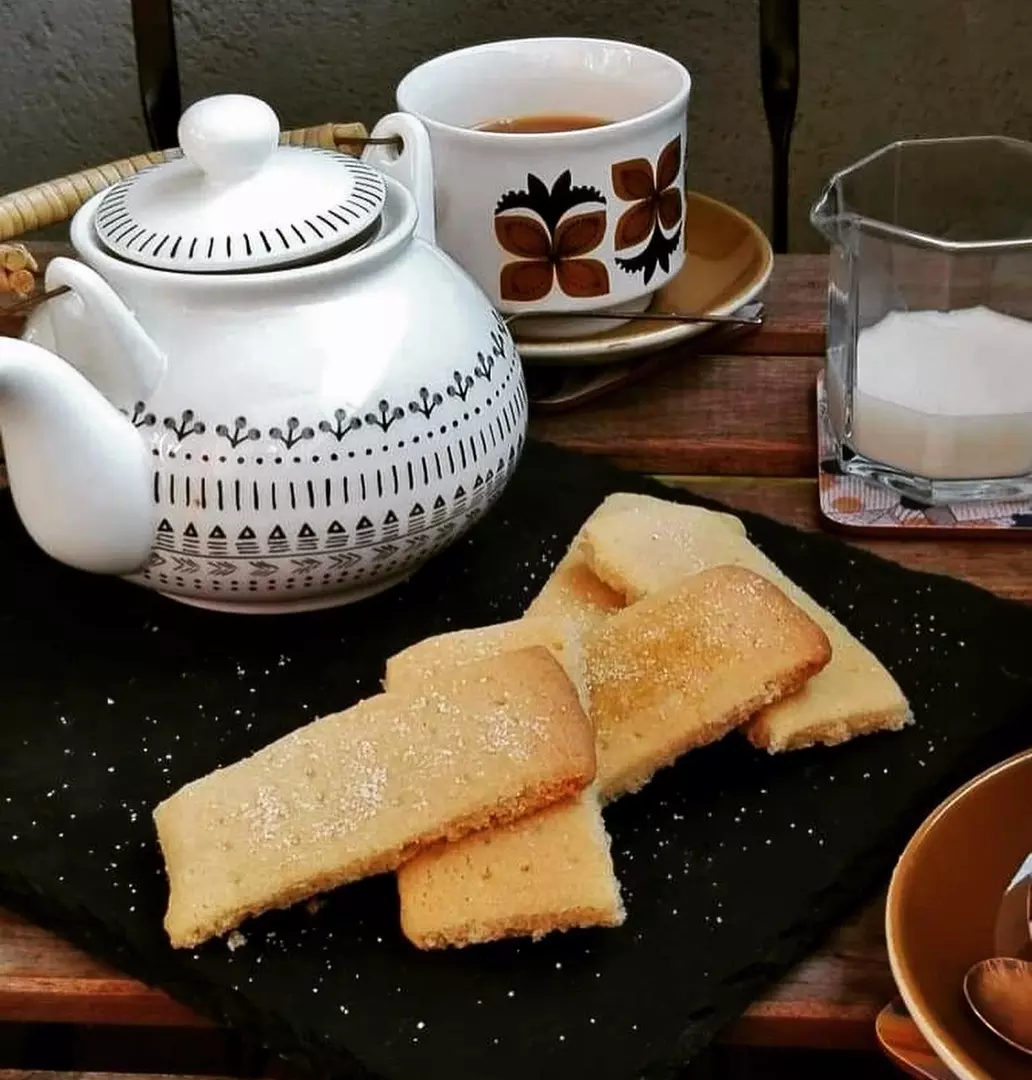
Last up for our baking blog highlights we have Steven’s ‘A Nice Plain Cake’; but, do not be fooled by the title for this cake is far from plain! Heading back to the Victorian era (just) with a recipe from January 1901, this recipe calls for all the usual suspects – flour, fat, sugar and eggs, as well as currants and caraway seeds for a denser texture and noticeable liquorice flavour. This recipe also provides the most conundrums of all with descriptions and measurements such as ‘moist sugar’, ‘one breakfastcupful’ and no advised oven temperature at all!
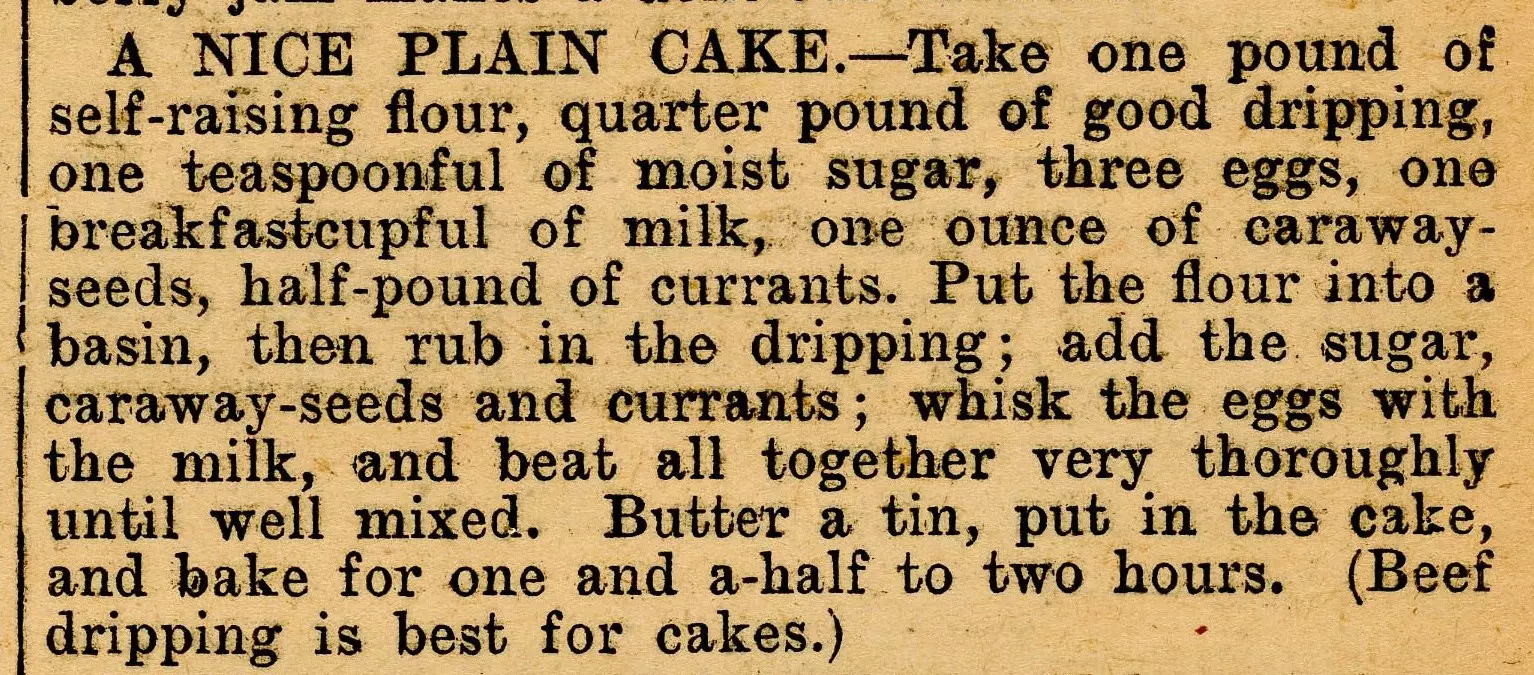
Steven opted to convert the imperial measurements to metric and settled on 280ml of milk for his ‘breakfastcupful’. With a temperature of 140 degrees and an hour bake, the result was a flavoursome cake, rich with dried fruit and a scone-like texture.

For more of our archival bakes head to our Twitter and Instagram pages where we will be posting recipes alongside our #GBBOBakeAlong offerings!
Chloe
October 2020
Read other blogs from the Heritage Centre
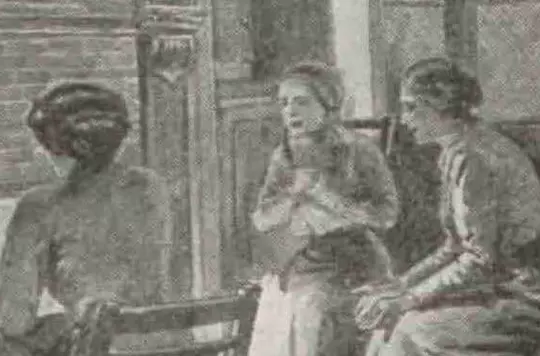
Virtuous bodies and women who miss trains
Find out about Olive Christian Malvery Mackirdy and how she helped The Salvation Army
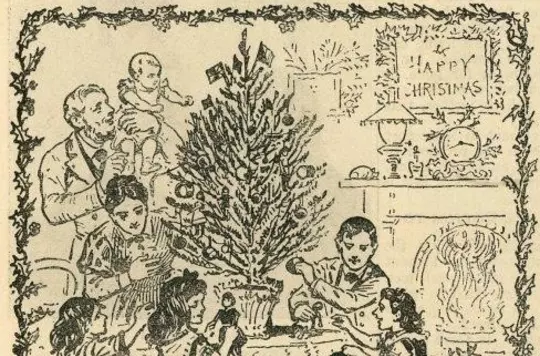
'Our Salvation Christmas Tree'
What made a Salvation Army Christmas in the late nineteenth and early twentieth century?
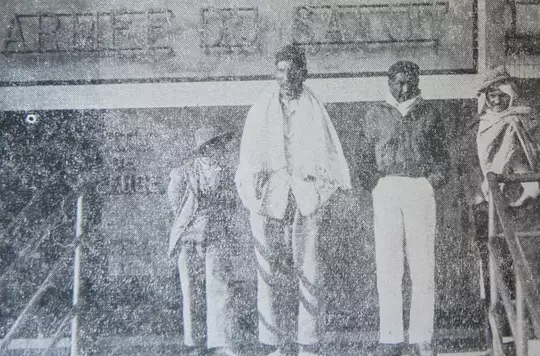
Guest blog: Soup, Soap, and Salvation: The Armée du Salut in French Guiana
Our fourth guest blog is written by Clare Anderson, Professor of History at the School of History, Politics & International Relations, University of Leicester
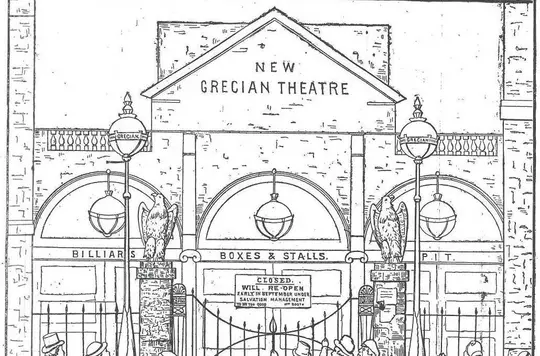
Tales from the Theatre
Archive Assistant, Chloe, reflects on the role that theatres and musical halls played in the formation of the Christian Mission.
